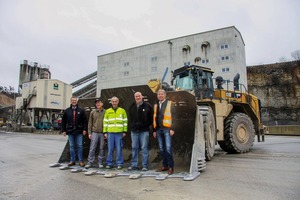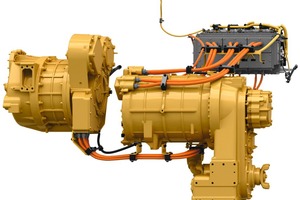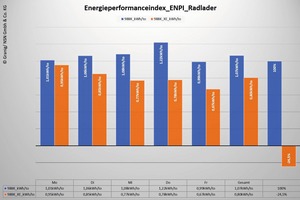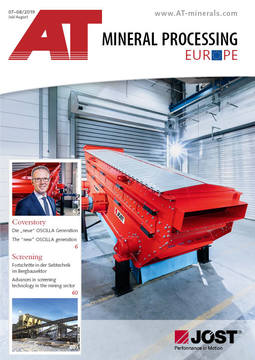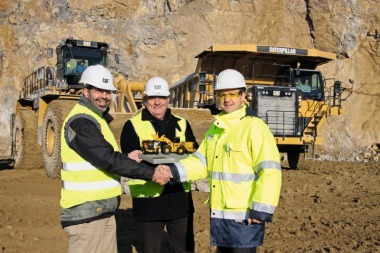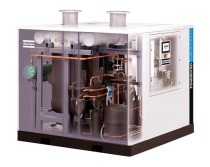Europe’s first Cat 988K XE wheel loader proves efficient in shell limestone quarry
In the Cat 988K XE, a Cat C18 Acert diesel engine with Stage IV exhaust gas purification system directly drives a modern switched reluctance generator. Integrated in the generator is the pump drive for the work hydraulics. This is still driven mechanically and piloted electrohydraulically. The electric energy generated in the generator goes via sophisticated control electronics into the electric engine, which then drives the conventional powertrain in the two axes via a shaft. The electric motor too is a switched reluctance motor, a technology, that combines a simple technical set-up, a high efficiency and fine adjustability. 15 years of experience can be shown by Caterpillar in electric drives – the drive in the 988K XE was tested and further developed over four years.
The company has ISO 50 001 certification in compliance with the energy management standard. That means that every year, energy efficiency has to be increased systematically and continuously – in comparison with the reference year. “So far, we have been on a good track, but we want to keep working on lower CO2 emissions and develop this further,“ remarks Operations Manager Stefan Pendinger. The quarrying operation has, for example, recruited resources engineer Sebastian Hüeber, who is responsible for measures to record the specific energy consumption, as well as for working out and implementing saving potential.
Before the acquisition of the Cat 988K XE, the fuel consumption of the Cat 988K was around 100 000 l diesel per year. A comparison was made between the Cat 988K XE diesel-electric model and the Cat 988K. The test conditions were not 100 % comparable as the 988K was equipped with longer lifting gear (4.25 m) and a 6.9 m³ standard bucket. The XE-model has smaller lifting gear (3.88 m) and an 8 m³ toothed bucket. Both large machines were operated in the eco-mode to pick up the blasted material and transport it to the crusher. Care was taken to conduct the test in dry weather and cool temperatures. Here the exact same number of buckets at approximately the same distance (77 m) were measured with the wheel loader balance and the belt weigher and compared (deviation under 1 %). The recorded data were evaluated by the on-board computer of the machines – approach, return and break times were not included in the test results so that only the production times were used. Finally, the average consumption per hour was assessed. This was 42.4 l/h for the 988K and 33 l/h for the XE model. As a result, a saving potential of around 22.5 % emerged.
As the diesel works constantly at the optimum operating point and gear and transformer losses in the Cat 988K XE are eliminated, the fuel consumption is reduced considerably compared with the conventionally driven Cat 988K. This was confirmed by the evaluation of the actual diesel consumption and the tonnage moved over the entire running time. “Here there was also higher energy saving potential. If you take an annual consumption of 100 000 l fuel as a basis, an annual energy saving of around 240 000 Kwh can be expected,“ sums up Sebastian Hüeber. However, a comparison over a longer period was difficult in view of the constantly changing parameters in a quarry with regard, for example, to the quarry bottom, distance, material condition and particle sizes of the material. Caterpillar itself determined the efficiency in load and carry service. According to Caterpillar‘s specifications, the overall efficiency of 988K XE is a 25 % improvement on the 988K. A field study conducted by the construction machine manufacturer resulted in up to 10 % higher productivity in load-and-carry service with the machine.

